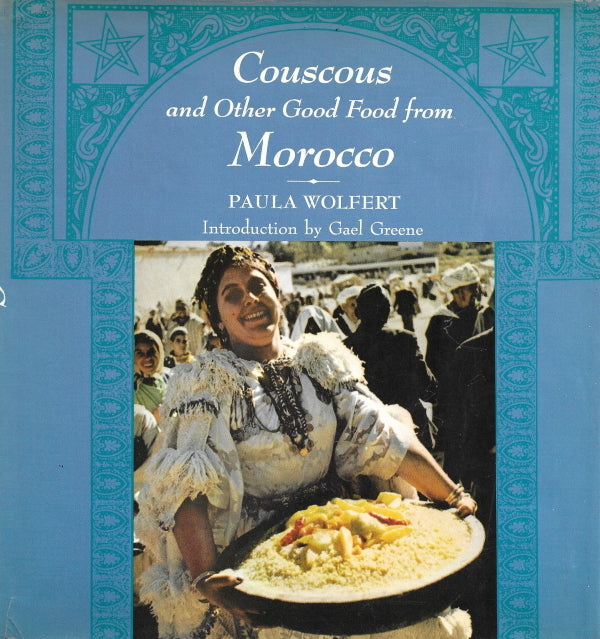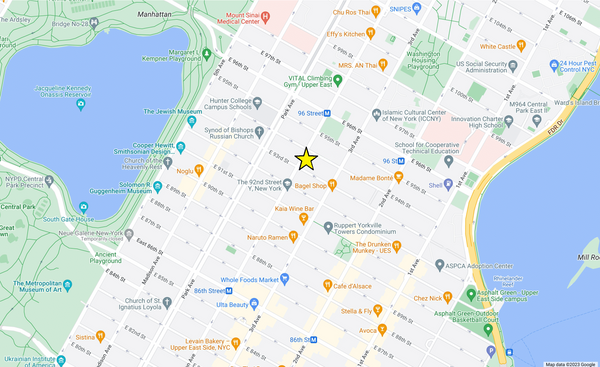OP: Couscous and Other Good Food from Morocco
Couscous—in a choice of brands and flavors—abounds on the shelves of your local supermarket. Spicy harissa is called for in magazine recipes for stews and kabobs. The foods and flavors of North Africa—of Morocco in particular—are notably present in our kitchens and on restaurant menus.
If any one person is primarily responsible for Americans diversifying their pantries and dinner tables with the food and flavors of the southwestern Mediterranean, it is the highly respected cook and food writer Paula Wolfert (1938– ). She did so in no casual manner, introducing not only a cuisine little-known at the time but also a rich portion of the history and the cultures from which it sprung.
Wolfert actually accomplished much more than that, going far beyond the normal practice of recipe collecting. Conscientiously, she devoted herself to experiencing the world, the kitchens, and the people—mainly women—who raised or purchased the ingredients, set the menus, determined what foods would be served and the times appropriate to serve them, prepared the dishes and fed their families or sometimes their customers.
Her approach was based on putting herself in the middle of the many processes, being what anthropologists call a “participant observer.” Indeed, she lived in Morocco for a number of years, immersing herself as much as was possible for a foreigner. Justifiably, she has been frequently referred to as a food ethnologist.
But Couscous is not a scholarly tome; it is a rich, deep, fully-realized cookbook with hundreds of exciting, unexpected recipes, from an aromatic Berber couscous to a lamb tagine from Marrakesh, made with lemons, artichokes and olives. Through excellent headnotes and dozens of small essays and introductions, she enlivens both the cooking and the eating experience in a manner that, happily, others have now begun to follow.
Her writing is both precise and passionate. See, for example, a six page section entitled ”How to Cook Couscous.” This is not about the dishes that are made with couscous—these six pages are just the instructions on how to prepare the grains. It begins with a detailed description of the process and proceeds to discussions of equipment used and the methods employed in wetting, drying, raking, aerating, and steaming of the semolina—all punctuated with urgent, italicized notes and warnings. She really wants you to get it right.
Although this 1979 publication was drawn on for a 2011 work entitled The Food of Morocco, the copy that we offer here is the original—and it is the very scarce true first printing, recognizable because the volume is square—7-⅜” x 7-⅜”. This was followed quickly by one additional press run with that trim size, but then, in order to cut manufacturing costs, all succeeding copies were reformatted to a conventional rectangular shape.
The book, which won design prizes, has a blind-stamped front and handsome printed endpapers as well as many drawings and photographs. Our copy is in Very Good condition—the interior clean and the binding tight. The jacket, somewhat shelf worn, shows some light fading along the top edge and two small tears at the head and foot of the spine. No paper is missing. This is an important book by an extremely important author.


